Introduction: A Misconception Shattered
In the annals of Viking history, one burial has stood as a symbol of the quintessential male warrior. The grave, known as Bj 581, discovered near the Swedish town of Birka in the 1880s, held a towering figure adorned with an impressive array of weaponry, two sacrificed horses, and even an intricate gaming set. However, recent revelations, published in the American Journal of Physical Anthropology, have shattered the long-standing misconception – the famed Viking warrior was not a man but a woman in her 30s.
Reassessing the Legendary Warrior: A Biographical Shift

Traditionally, grave Bj 581 had been heralded as the epitome of an elaborate high-status male warrior burial, reinforcing the stereotypical image of the male warrior in a patriarchal society. The study led by Charlotte Hedenstierna-Jonson of Stockholm and Uppsala Universities challenges these assumptions, presenting a new narrative of a real-life military leader who happened to be a woman.
The Unveiling of a Warrior Woman: Beyond Sagas and Stereotypes

Isotope analysis of the woman’s teeth revealed a nomadic lifestyle, aligning with the legendary Viking wanderlust. While the concept of Viking warrior women is not entirely novel in Nordic tradition, this discovery provides tangible evidence of a high-ranking female warrior who actively participated in battles. Hedenstierna-Jonson suggests that her military leadership might have been an exceptional case, influenced more by her societal role and family background than her gender.
Genetic Insights: Tracing Her Roots
The woman’s DNA unveils a fascinating tale of her ancestry. With genetic affinity to present-day inhabitants of the British Isles, North Atlantic Islands, Scandinavia, and Eastern Baltic Europe, she embodied the diverse tapestry of Viking connections. A detailed comparison with modern-day Swedes highlights genetic affinities with southern and south-central regions, enriching our understanding of Viking migration and interactions.
Confirming Her Identity: A Delicate Skeletal Analysis
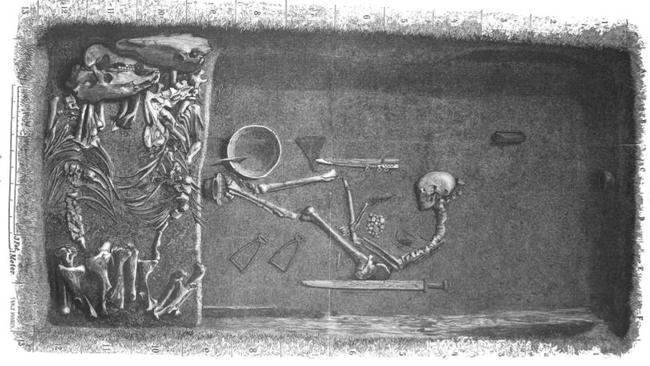
The study co-author, Anna Kjellstrom, details the challenges in confirming the woman’s identity. Skeletal traits strongly suggested her female gender, but the century-old status quo required rigorous testing. The presence of the X chromosome and the absence of Y chromosomes finally confirmed her identity as a woman, challenging preconceived notions of Viking warriors.
Officer and Gentlewoman: Decoding Her Status
The weaponry and burial context speak volumes about her status. The burial of two horses and the presence of a gaming set point to her as an officer skilled in tactics and strategy, capable of leading troops into battle. The study emphasizes the complexity of interpreting grave goods, asserting that the presence of such items denotes a high-ranking individual, irrespective of gender.
Echoes of Viking Warrior Women: A Broader Perspective
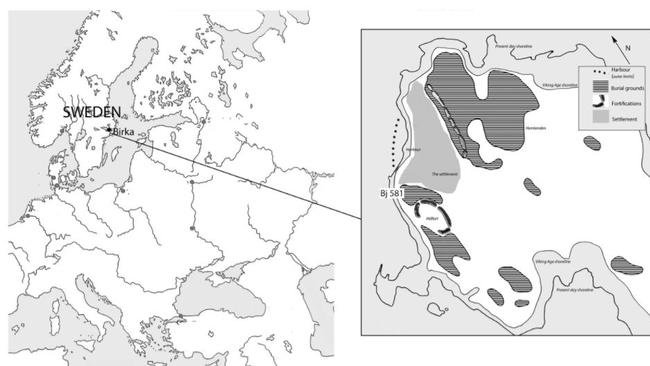
This revelation brings the total count of known Viking warrior women to three, challenging the perception of a strictly male-dominated Viking society. The study concludes that the high-status grave Bj 581 suggests women could be full members of male-dominated spheres in the 8th to 10th century northern Europe. The Viking Age, it argues, was marked by complexities in discussions of biological sex, gender, and social roles.
Conclusion: A Paradigm Shift in Viking History
The unmasking of the Viking warrior woman buried in grave Bj 581 stands as a testament to the multifaceted nature of Viking society. As we unravel the layers of history, this discovery challenges preconceptions and opens avenues for reinterpreting the roles of women in ancient cultures. The echoes of her legacy resonate beyond the birch-lined shores of Birka, inviting us to reconsider the narratives of strength, leadership, and identity in the legendary age of the Vikings.



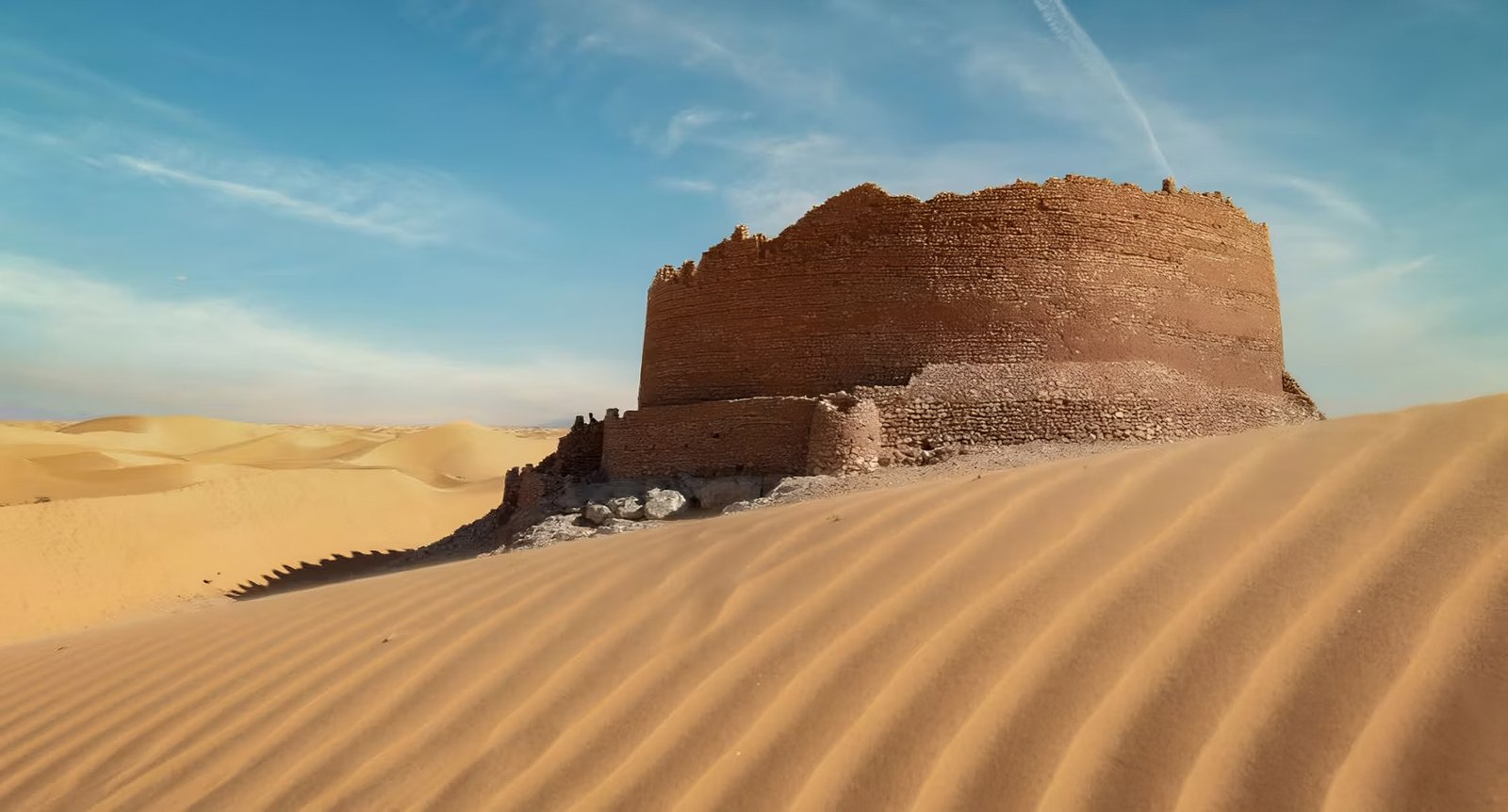
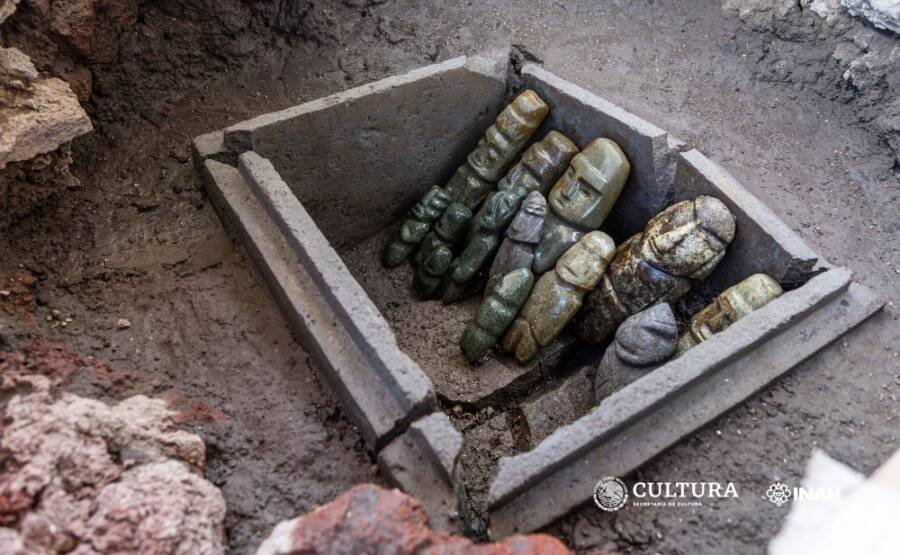
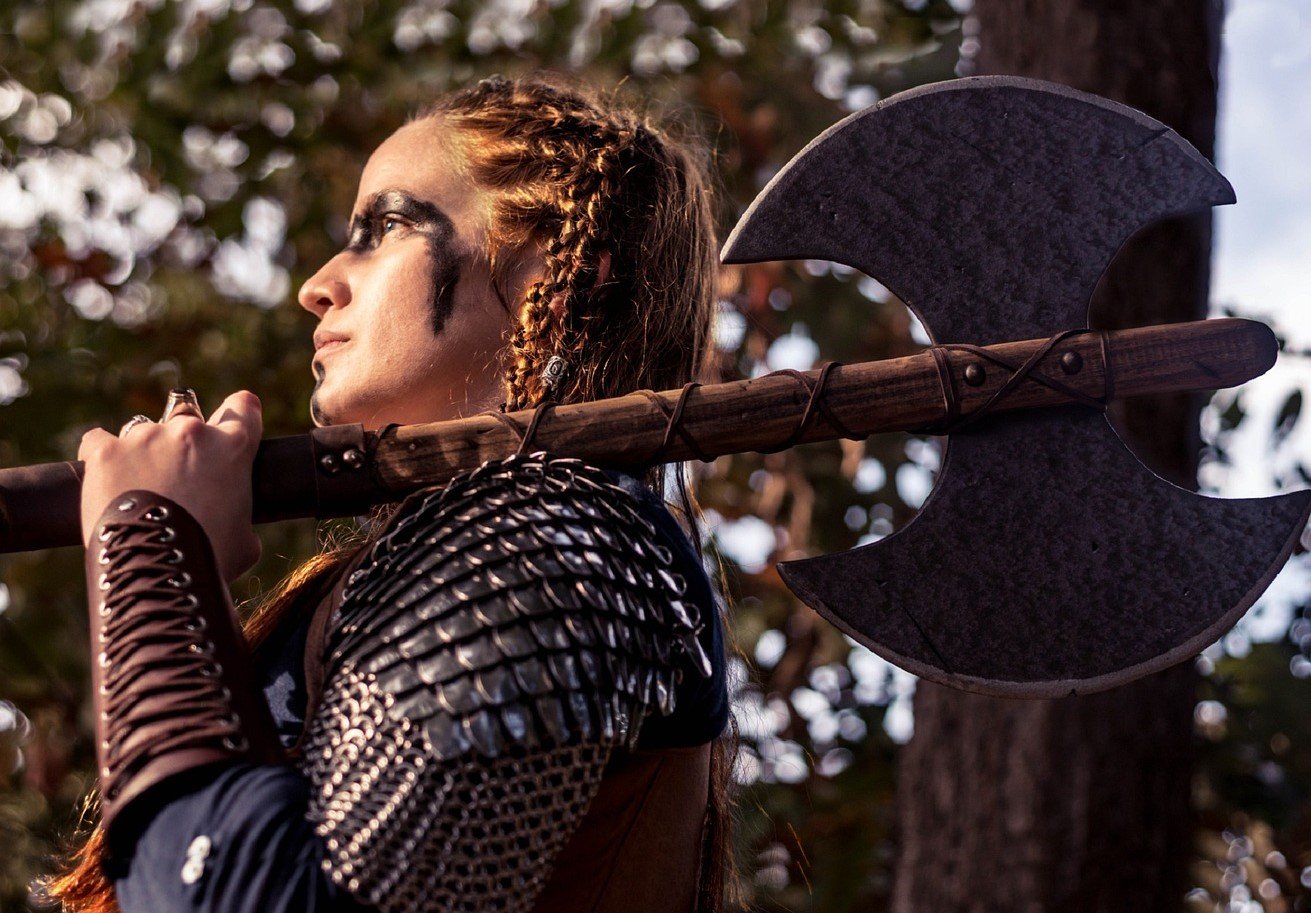

2 thoughts on “Unveiling the True Identity: The Viking Warrior Woman of Birka”
Best blog for developers Compiler Articles
This gateway is fabulous. The splendid substance displays the maker’s commitment. I’m overwhelmed and envision more such astonishing material.